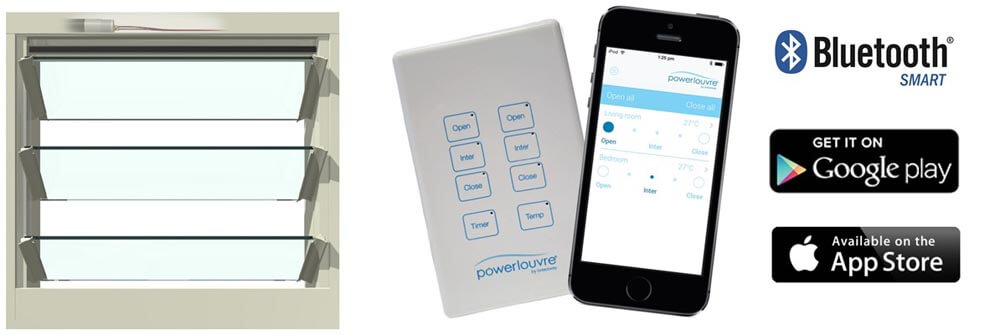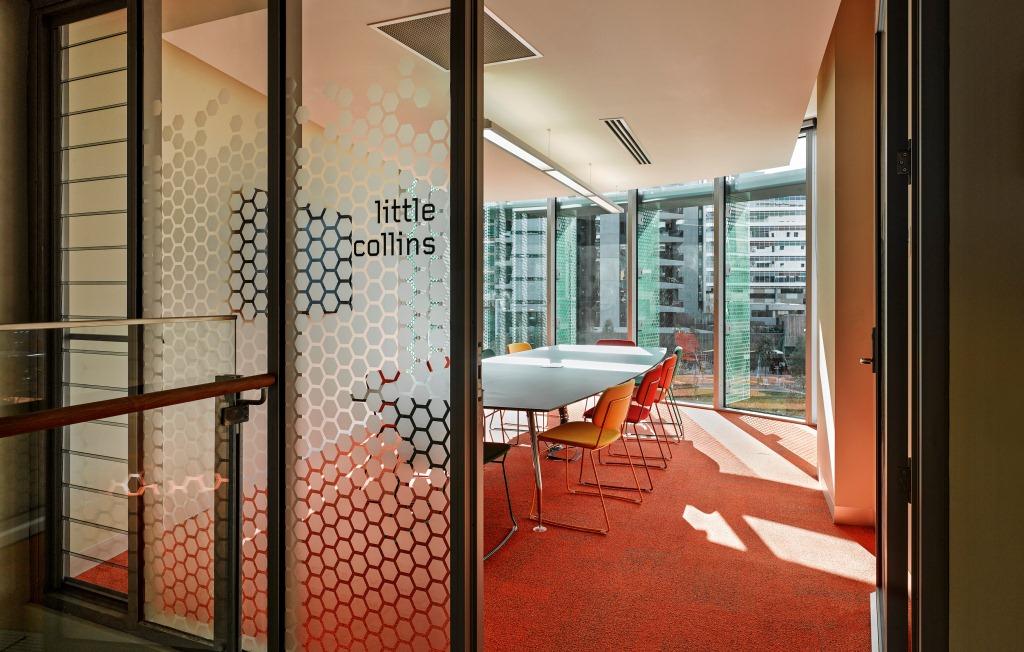When mentally putting together their dream home after watching their favourite architecture or home renovation TV show,
few people‘s thoughts about windows would extend much beyond wanting to frame views, or perhaps wanting to maximise natural light. Most people are unaware of the various advantages and disadvantages associated with the various window types.
Whilst some things are common to all window types, like keeping rain out and letting light in, the variety of window designs commonly used in New Zealand have a number of differences in the benefits that they will bring to your building.
Key consideration | Altair Louvre Window | Awning Window | Sliding / Double Hung Window | Casement Window | Fixed Window |
|---|---|---|---|---|---|
 |  |  |  |  |
|
| Amount of window that can be opened for ventilation. | Whole window. | Most of window, but the sash prevents ventilation through the majority of the opening. | Half of window. | Whole window.1 | None. |
| Effect of large window sizes on ventilation openings. | None. The whole of an Altair Louvre Window can be opened for ventilation regardless of the window size or shape.2 | At larger sizes, it is common for only the upper two thirds of the window to be openable for ventilation. | At larger sizes, it is common for only the upper two thirds of the window to be openable for ventilation. | At larger sizes, it is common for only the upper two thirds of the window to be openable for ventilation. | Fixed windows cannot be opened for ventilation. |
| Can window be left open for ventilation during light rain? | Yes. | Yes. | No. | No. | Can’t be opened. |
| Can the window be automated? | Yes. Motors are integrated into, and fully concealed by, the window frame.3 | Yes. Motors are attached externally to the sill of the frame. | No. | No. | Can’t be opened. |
| When open, do the windows extend beyond the wall, creating a hazard for those walking past? | Altair Louvres seldom project beyond the wall, and when they do, generally by less than 60mm. | Awning windows project around 300mm beyond the outside wall. | No projections beyond the wall. | Casement windows project beyond the outside wall by up to 600mm. | No projections beyond the wall. |
| Ability to maintain privacy while allowing ventilation?4 | Multiple ventilation openings allow privacy AND good ventilation. | Single ventilation opening allows privacy and poor ventilation. | Not able to provide both privacy and ventilation simultaneously. | Not able to provide both privacy and ventilation simultaneously. | No ventilation possible. |
| Ability to be screened (insect, security or bushfire screens). | Easily screened to the outside or inside.5 | Screens can only be positioned to the inside. | Screens can only be positioned to the outside. | Screens can only be positioned to the inside, and can make it tricky to open and close the window. | Generally no need to be screened. |
| Ability to provide safety from falls and good ventilation. | Multiple openings give best ventilation even when openings are restricted to comply with fall prevention requirements of the Australian Building Code.6 | Very limited ventilation when openings are restricted to comply with fall prevention requirements of the Australian Building Code. | Very limited ventilation when openings are restricted to comply with fall prevention requirements of the Australian Building Code. | Very limited ventilation when openings are restricted to comply with fall prevention requirements of the Australian Building Code. | No ventilation possible. |
| Air infiltration | Unlike draughty old fashioned louvre windows, modern Altair Louvre Windows seal tightly and exceed Building Code requirements. | Generally the tightest sealing of all openable windows, due to the sash (the opening part of the window) being pulled tightly against the frame when closed. | Sealing against air infiltration similar to louvre windows. | Similar sealing to awning windows, due to the sash being pulled tightly against the frame when closed. | Lowest air infiltration. |
Learn more about the design features and customising options of Altair Louvre Windows from our Products page. To locate a window fabricator closest to you who stocks Altair Louvre Windows please visit our Where to Buy page.
Notes:
1. Casement windows, like louvre windows, allow ventilation through virtually the entire window area, so deliver very good ventilation. Casement windows are also popular for their ability to funnel in air travelling virtually parallel to the outside wall. This same benefit can also result in breezes running in the opposite direction being blocked from entering through the casement window.

2. Altair Louvre Windows are the only window type which can offer good ventilation at any shape. For example, when tall and narrow or short and wide.

3. Altair Powerlouvre Windows can also be controlled by the award winning Apptivate Control Unit which allows automatic control in response to temperatures and timers and remote control via compatible smartphones. For more information click through to the Powerlouvre page.

4. Windows in bathrooms need to deliver a combination of privacy and ventilation. All windows can have obscure glass (read more about Louvres in Bathrooms here) with a frosted appearance. But obscure glass is of no use when a window is opened wide to flush steamy air out of the bathroom.
To maintain privacy, bathroom windows can be opened very slightly. With Altair Louvre Windows, opening them very slightly maintains privacy while delivering reasonable ventilation due to the openings created on both sides of every blade. All other window types only have a single opening and so deliver very little ventilation when only opened enough to maintain privacy.

5. The New Zealand Building Code specifies that a 100mm diameter sphere must not be able to pass through the openable window that is installed one metre or more above ground level to prevent children from falling through them. Breezway Louvres comply with these restrictions but for most window types this has a severe impact on the amount of ventilation possible through the window. For more information please visit the Fall Prevention page or watch the Fall Prevention video below.





